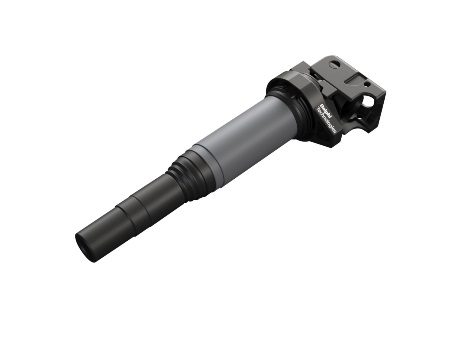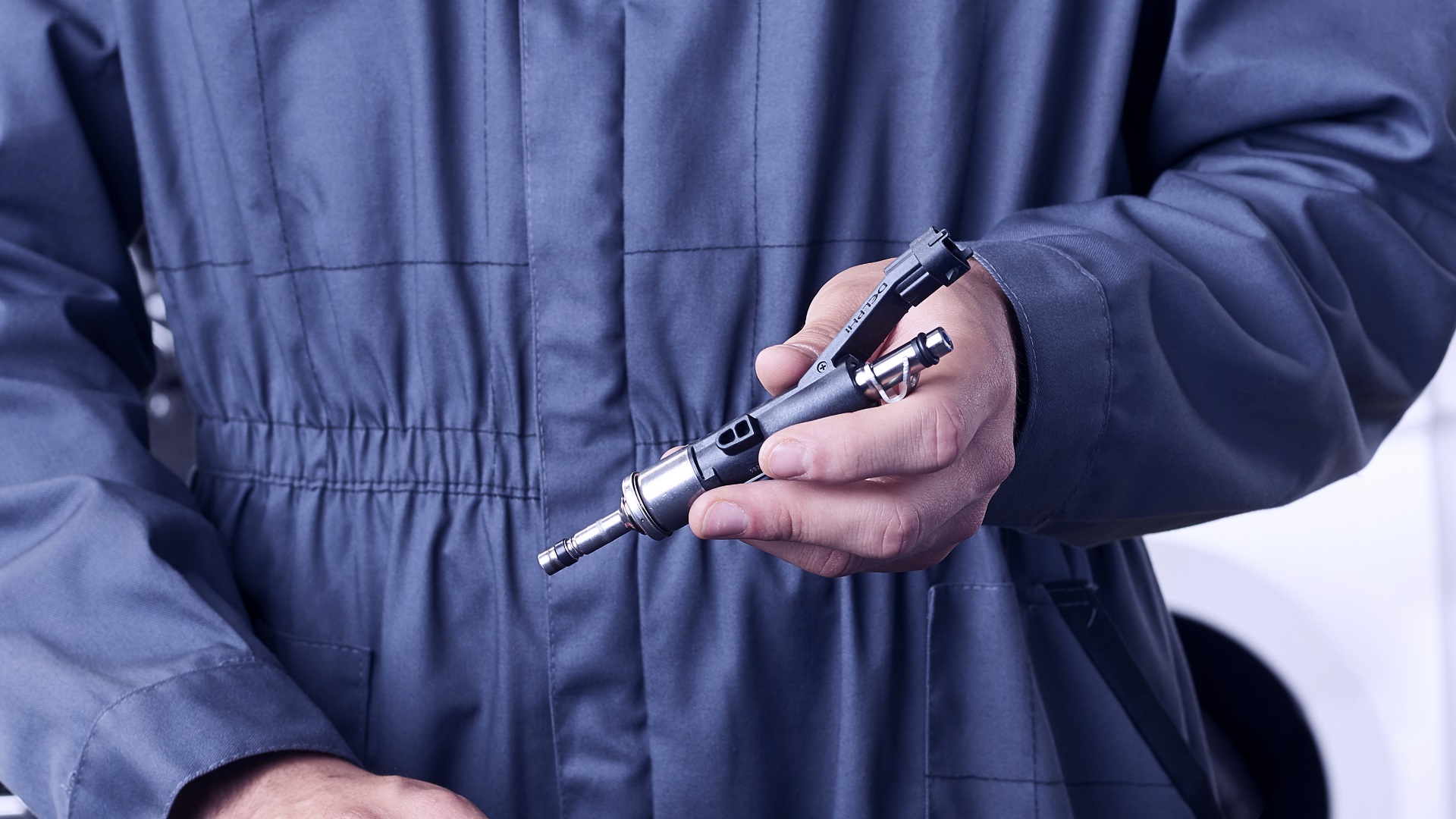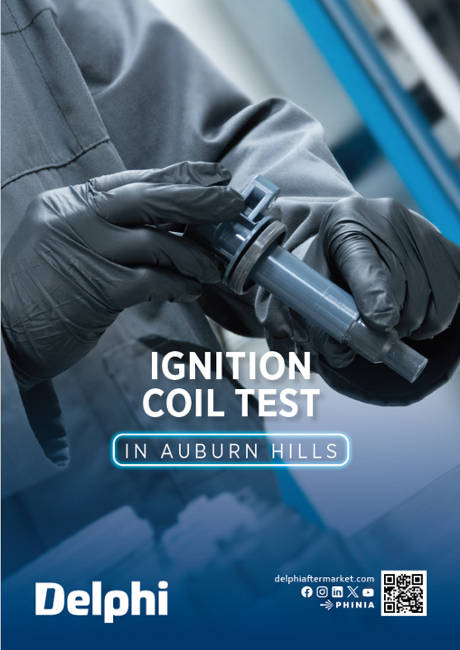Ignition Coils

Optimum wire length
More wire generates differences in voltage, and in turn extra pressure, that can cause the breakdown of insulation and wire coatings. So, we tightly control the length of wire between adjacent primary and secondary windings. The result? Our secondary winding is thinner and much longer than the primary in order to get the output needed for the voltage to jump the spark plug gap.
Smart processes
Ignition coil windings should also be evenly distributed and neatly wrapped. That’s why we wind both primary and secondary coils as smoothly and tightly as possible, directly onto a proprietary steel core. This approach helps to ensure maximum magnetic power in every turn of the wire. We also wind our secondary coils into more bays than many of our competitors for more consistent voltage distribution and reliable coil performance.
High quality components
We only ever use high-quality wires, and coating that resists the cracks, pin holes and imperfections that might cause other ignition coils to fail. A special Epoxy helps insulate these wires and keeps them separated. Gaps in the epoxy can reduce the integrity of the insulation, so we also employ a special vacuum technique to remove air bubbles and imperfections, and help prevent internal arching and shorts.
The Delphi Difference
-
100 years of OE experience, supplier to the world’s top automakers
-
OE heritage and knowledge built into every aftermarket part
-
Comprehensive portfolio for a wide range of vehicles and model years
-
Streamlined SKUs for easy inventory management
-
Support through tools, tips and training

Related product resources and downloads

Resource Highlights
|
Therefore, ignition coils are needed: they transform the small voltage from the car battery into a voltage pulse in the double-digit Kilovolt range. Over the years, ignition coils have had to adapt to rising technical demands through new engine concepts. Today’s designs combine maximum reliability with top performance – even under the extreme operating conditions of a downsizing engine. Downsizing demands high-performance from every individual component:
Delphi is a leading development partner for vehicle manufacturers, and one of the few players on the market with the technical expertise to meet all of these requirements today and in the future. |
| 1967 The can-type ignition coil is one of the oldest types of ignition coil and belongs to the category of distributor ignition coils. It can generate 25 – 30 kV and will supply several spark plugs via a mechanical distributor. Vintage and older cars often have classic can-type coils filled with oil or asphalt, which tend to run out. 1991 This ignition coil is also in the distributor ignition coil class. It was developed to guarantee increased reliability and output compared with the can-type ignition coil. 1998 This design is used by some vehicle manufacturers. It combines several single-spark and dual-spark ignition coils into one unit, also known as a ≫rail≪. It is mounted on several spark plugs simultaneously. One benefit: such systems can be equipped with an ion flow gauge, which can be used to monitor the combustion quality in the engine control unit.
|
|
1999 With the increase in engine performance, ignition coils have had to produce higher ignition voltages, while simultaneously withstanding higher temperatures. Block ignition coils were developed to meet these demands. This type of coil can generate up to 36 kV and is available with single-spark and dual-spark technology. In the single-spark design, each ignition cable provides one cylinder with high voltage. In the dual-spark variation, the high-voltage pulse is delivered to two spark plugs simultaneously. One of these spark plugs produces a spark that sets combustion in motion. The second only produces a support spark. The exception: engines with two spark plugs per cylinder. 2013 Modern downsizing engines are more compact, but boast turbochargers, and sometimes even compressors. Due to the higher pressures and fast mixture movements in the combustion zone, high ignition voltages of up to 40 kV are needed, and the risk of disruptive discharge or interference increases. Therefore, this type of ignition coil is installed directly onto the spark plug, where it also generates the high-voltage pulse, decreasing the risk of power loss or voltage flashover. In addition, this construction type takes up very little space in the engine bay.
|
Get in touch

Find out where to buy Delphi parts



